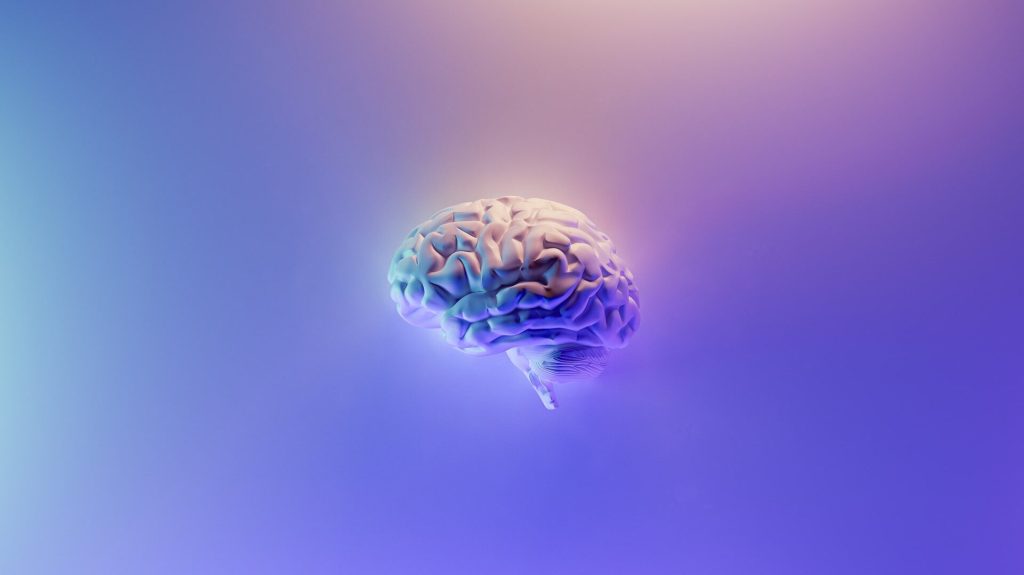Antibiotics Taken During Pregnancy May Reduce Preterm Births

A study of almost 1000 pregnant women in Zimbabwe found that a daily dose of a commonly used, safe and inexpensive antibiotic may have led to fewer babies being born early. Among women living with HIV, those who received the antibiotic had larger babies who were less likely to be preterm.
One in four live-born infants worldwide is preterm (born at 37 weeks’ gestation or before), is small for gestational age, or has a low birth weight. The mortality rate for these small and vulnerable newborns is high, with prematurity now the leading cause of death among children younger than 5 years of age. Maternal infections and inflammation during pregnancy are linked to adverse birth outcomes, particularly for babies born to mothers living with HIV, who have a greater risk of being born too small or too soon.
An international group of researchers, led by Professor Andrew Prendergast from Queen Mary University of London, and Bernard Chasekwa from the Zvitambo Institute for Maternal and Child Health Research in Zimbabwe, conducted the Cotrimoxazole for Mothers to Improve Birthweight in Infants (COMBI) randomised controlled trial, to examine whether prescribing pregnant women a daily dose of trimethoprim–sulfamethoxazole (a broad-spectrum antimicrobial agent with anti-inflammatory properties, widely used in sub-Saharan Africa) would result in heavier birth weights, decreased premature births, and better health outcomes for their babies.
993 pregnant women were recruited from three antenatal clinics in Shurugwi, a district in central Zimbabwe, and received either 960 mg of the drug or a placebo daily. The participants received regular antenatal care during their pregnancies and data regarding their birth outcomes were recorded.
The study, published in the New England Journal of Medicine, found that although birthweight did not differ significantly between the two groups, the trimethoprim–sulfamethoxazole group showed a 40% reduction in the proportion of preterm births, compared to the placebo group. Overall, 6.9% of mothers receiving the drug had babies born preterm, compared to 11.5% of mothers receiving the placebo, and no women receiving antibiotics had babies born prior to 28 weeks. For babies born to a small group of 131 women with HIV, the reduction in premature births was especially marked, with only 2% of births in the trimethoprim–sulfamethoxazole group preterm, as compared with 14% in the placebo group. Babies exposed to antibiotics during pregnancy also showed a 177 gram increase in their birth weight.
Bernard Chasekwa, first author, said: “Our trial, conducted within routine antenatal care and enrolling women predominantly from rural areas, showed that trimethoprim-sulfamethoxazole did not improve birthweight, which was our main outcome. However, there was an intriguing suggestion that it may have improved the length of pregnancy and reduced the proportion of preterm births. We now need to repeat this trial in different settings around the world to see whether antibiotics during pregnancy can help reduce the risk of prematurity.”
Source: Queen Mary University of London





